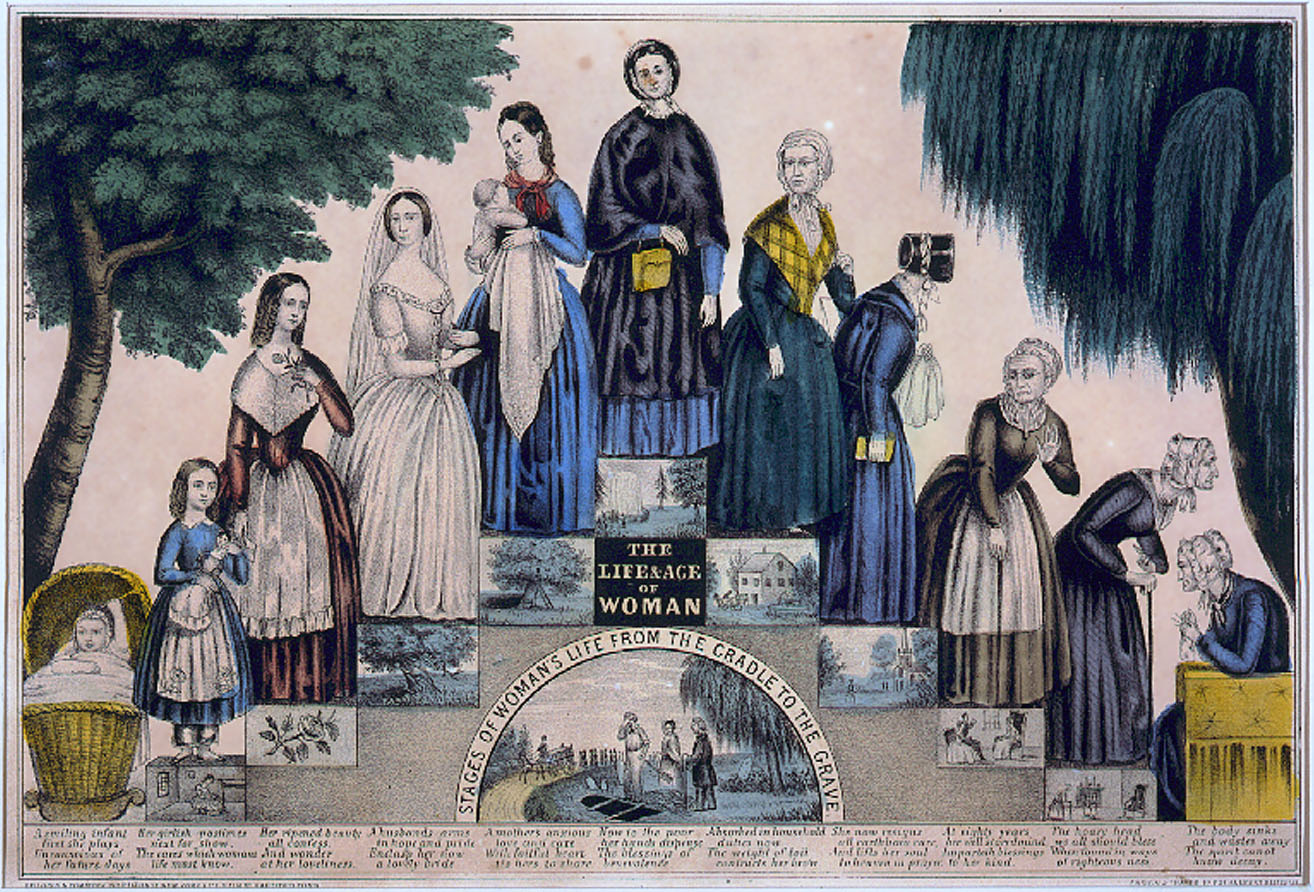|
Quasi-identifier
Quasi-identifiers are pieces of information that are not of themselves unique identifiers, but are sufficiently well correlated with an entity that they can be combined with other quasi-identifiers to create a unique identifier. Quasi-identifiers can thus, when combined, become personally identifying information. This process is called re-identification. As an example, Latanya Sweeney has shown that even though neither gender, birth dates nor postal codes uniquely identify an individual, the combination of all three is sufficient to identify 87% of individuals in the United States. The term was introduced by Tore Dalenius in 1986. Since then, quasi-identifiers have been the basis of several attacks on released data. For instance, Sweeney linked health records to publicly available information to locate the then-governor of Massachusetts' hospital records using uniquely identifying quasi-identifiers, and Sweeney, Abu and Winn used public voter records to re-identify participants in ... [...More Info...] [...Related Items...] OR: [Wikipedia] [Google] [Baidu] |
De-identification
De-identification is the process used to prevent someone's personal identity from being revealed. For example, data produced during human subject research might be de-identified to preserve the privacy of research participants. Biological data may be de-identified in order to comply with HIPAA regulations that define and stipulate patient privacy laws. When applied to metadata or general data about identification, the process is also known as data anonymization. Common strategies include deleting or masking personal identifiers, such as personal name, and suppressing or generalizing quasi-identifiers, such as date of birth. The reverse process of using de-identified data to identify individuals is known as data re-identification. Successful re-identifications cast doubt on de-identification's effectiveness. A systematic review of fourteen distinct re-identification attacks found "a high re-identification rate ��dominated by small-scale studies on data that was not de-identifi ... [...More Info...] [...Related Items...] OR: [Wikipedia] [Google] [Baidu] |
Differential Privacy
Differential privacy (DP) is a system for publicly sharing information about a dataset by describing the patterns of groups within the dataset while withholding information about individuals in the dataset. The idea behind differential privacy is that if the effect of making an arbitrary single substitution in the database is small enough, the query result cannot be used to infer much about any single individual, and therefore provides privacy. Another way to describe differential privacy is as a constraint on the algorithms used to publish aggregate information about a statistical database which limits the disclosure of private information of records whose information is in the database. For example, differentially private algorithms are used by some government agencies to publish demographic information or other statistical aggregates while ensuring confidentiality of survey responses, and by companies to collect information about user behavior while controlling what is visible ev ... [...More Info...] [...Related Items...] OR: [Wikipedia] [Google] [Baidu] |
Unique Identifier
A unique identifier (UID) is an identifier that is guaranteed to be unique among all identifiers used for those objects and for a specific purpose. The concept was formalized early in the development of computer science and information systems. In general, it was associated with an atomic data type. In relational databases, certain attributes of an entity that serve as unique identifiers are called primary keys. In mathematics, set theory uses the concept of '' element indices'' as unique identifiers. Classification There are some main types of unique identifiers, each corresponding to a different generation strategy: # serial numbers, assigned incrementally or sequentially, by a central authority or accepted reference. # random numbers, selected from a number space much larger than the maximum (or expected) number of objects to be identified. Although not really unique, some identifiers of this type may be appropriate for identifying objects in many practical applica ... [...More Info...] [...Related Items...] OR: [Wikipedia] [Google] [Baidu] |
Personally Identifying Information
Personal data, also known as personal information or personally identifiable information (PII), is any information related to an identifiable person. The abbreviation PII is widely accepted in the United States, but the phrase it abbreviates has four common variants based on ''personal'' or ''personally'', and ''identifiable'' or ''identifying''. Not all are equivalent, and for legal purposes the effective definitions vary depending on the jurisdiction and the purposes for which the term is being used. Under European and other data protection regimes, which centre primarily on the General Data Protection Regulation (GDPR), the term "personal data" is significantly broader, and determines the scope of the regulatory regime. National Institute of Standards and Technology Special Publication 800-122 defines personally identifiable information as "any information about an individual maintained by an agency, including (1) any information that can be used to distinguish or trace an i ... [...More Info...] [...Related Items...] OR: [Wikipedia] [Google] [Baidu] |
Re-identification
Data re-identification or de-anonymization is the practice of matching anonymous data (also known as de-identified data) with publicly available information, or auxiliary data, in order to discover the individual to which the data belong. This is a concern because companies with privacy policies, health care providers, and financial institutions may release the data they collect after the data has gone through the de-identification process. The de-identification process involves masking, generalizing or deleting both direct and indirect identifiers; the definition of this process is not universal. Information in the public domain, even seemingly anonymized, may thus be re-identified in combination with other pieces of available data and basic computer science techniques. The Protection of Human Subjects ('Common Rule#Signatories'), a collection of multiple U.S. federal agencies and departments including the U.S. Department of Health and Human Services, speculate that re-identifica ... [...More Info...] [...Related Items...] OR: [Wikipedia] [Google] [Baidu] |
Latanya Sweeney
Latanya Arvette Sweeney is an American computer scientist. She is the Daniel Paul Professor of the Practice of Government and Technology at the Harvard Kennedy School and in the Harvard Faculty of Arts and Sciences at Harvard University. She is the founder and director of the Public Interest Tech Lab, founded in 2021 with a $3 million grant from the Ford Foundation as well as the Data Privacy Lab. She is the current Faculty Dean in Currier House at Harvard. Sweeney is the former Chief Technologist of the Federal Trade Commission and Editor-in-Chief of ''Technology Science''. Her best known academic work is on the theory of ''k''-anonymity, and she is credited with the observation that "87% of the U.S. population is uniquely identified by date of birth, gender, postal code". Education Sweeney graduated from Dana Hall Schools in Wellesley, Massachusetts, receiving her high school diploma in 1977. She delivered the valedictory at the graduation ceremony. She completed her ... [...More Info...] [...Related Items...] OR: [Wikipedia] [Google] [Baidu] |
Gender
Gender is the range of characteristics pertaining to femininity and masculinity and differentiating between them. Depending on the context, this may include sex-based social structures (i.e. gender roles) and gender identity. Most cultures use a gender binary, in which gender is divided into two categories, and people are considered part of one or the other (boys/men and girls/women);Kevin L. Nadal, ''The SAGE Encyclopedia of Psychology and Gender'' (2017, ), page 401: "Most cultures currently construct their societies based on the understanding of gender binary—the two gender categorizations (male and female). Such societies divide their population based on biological sex assigned to individuals at birth to begin the process of gender socialization." those who are outside these groups may fall under the umbrella term ''non-binary''. Some societies have specific genders besides "man" and "woman", such as the Hijra (South Asia), hijras of South Asia; these are often referred t ... [...More Info...] [...Related Items...] OR: [Wikipedia] [Google] [Baidu] |
Birth Date
A birthday is the anniversary of the birth of a person, or figuratively of an institution. Birthdays of people are celebrated in numerous cultures, often with birthday gifts, birthday cards, a birthday party, or a rite of passage. Many religions celebrate the birth of their founders or religious figures with special holidays (e.g. Christmas, Mawlid, Buddha's Birthday, and Krishna Janmashtami). There is a distinction between birth''day'' and birth''date'': the former, except for February 29, occurs each year (e.g. January 15), while the latter is the complete date when a person was born (e.g. January 15, 2001). Legal conventions In most legal systems, one becomes a legal adult on a particular birthday when they reach the age of majority (usually between 12 and 21), and reaching age-specific milestones confers particular rights and responsibilities. At certain ages, one may become eligible to leave full-time education, become subject to military conscription or to enlist in ... [...More Info...] [...Related Items...] OR: [Wikipedia] [Google] [Baidu] |
Postal Code
A postal code (also known locally in various English-speaking countries throughout the world as a postcode, post code, PIN or ZIP Code) is a series of letters or digits or both, sometimes including spaces or punctuation, included in a postal address for the purpose of sorting mail. the Universal Postal Union lists 160 countries which require the use of a postal code. Although postal codes are usually assigned to geographical areas, special codes are sometimes assigned to individual addresses or to institutions that receive large volumes of mail, such as government agencies and large commercial companies. One example is the French CEDEX system. Terms There are a number of synonyms for postal code; some are country-specific; * CAP: The standard term in Italy; CAP is an acronym for ''codice di avviamento postale'' (postal expedition code). * CEP: The standard term in Brazil; CEP is an acronym for ''código de endereçamento postal'' (postal addressing code). * Eircode: ... [...More Info...] [...Related Items...] OR: [Wikipedia] [Google] [Baidu] |
Personally Identifying Information
Personal data, also known as personal information or personally identifiable information (PII), is any information related to an identifiable person. The abbreviation PII is widely accepted in the United States, but the phrase it abbreviates has four common variants based on ''personal'' or ''personally'', and ''identifiable'' or ''identifying''. Not all are equivalent, and for legal purposes the effective definitions vary depending on the jurisdiction and the purposes for which the term is being used. Under European and other data protection regimes, which centre primarily on the General Data Protection Regulation (GDPR), the term "personal data" is significantly broader, and determines the scope of the regulatory regime. National Institute of Standards and Technology Special Publication 800-122 defines personally identifiable information as "any information about an individual maintained by an agency, including (1) any information that can be used to distinguish or trace an i ... [...More Info...] [...Related Items...] OR: [Wikipedia] [Google] [Baidu] |
Personal Life
Personal life is the course or state of an individual's life, especially when viewed as the sum of personal choices contributing to one's personal identity. Apart from hunter-gatherers, most pre-modern peoples' time was limited by the need to meet necessities such as food and shelter through subsistence farming; leisure time was scarce. People identified with their social role in their community and engaged in activities based on necessity rather than on personal choice. Privacy in such communities was rare. The modern conception of "personal life" is an offshoot of modern Western society. Modern people tend to distinguish their work activities from their personal life and may seek work–life balance. It is a person's choices and preferences outside of work that define personal life, including one's choice of hobbies, cultural interests, manner of dress, mate, friends, and so on. In particular, what activities one engages in during leisure-time defines a person's persona ... [...More Info...] [...Related Items...] OR: [Wikipedia] [Google] [Baidu] |



